Home>Kitchen & Cooking>Food Storage Solutions>How To Organize Sauces In Fridge
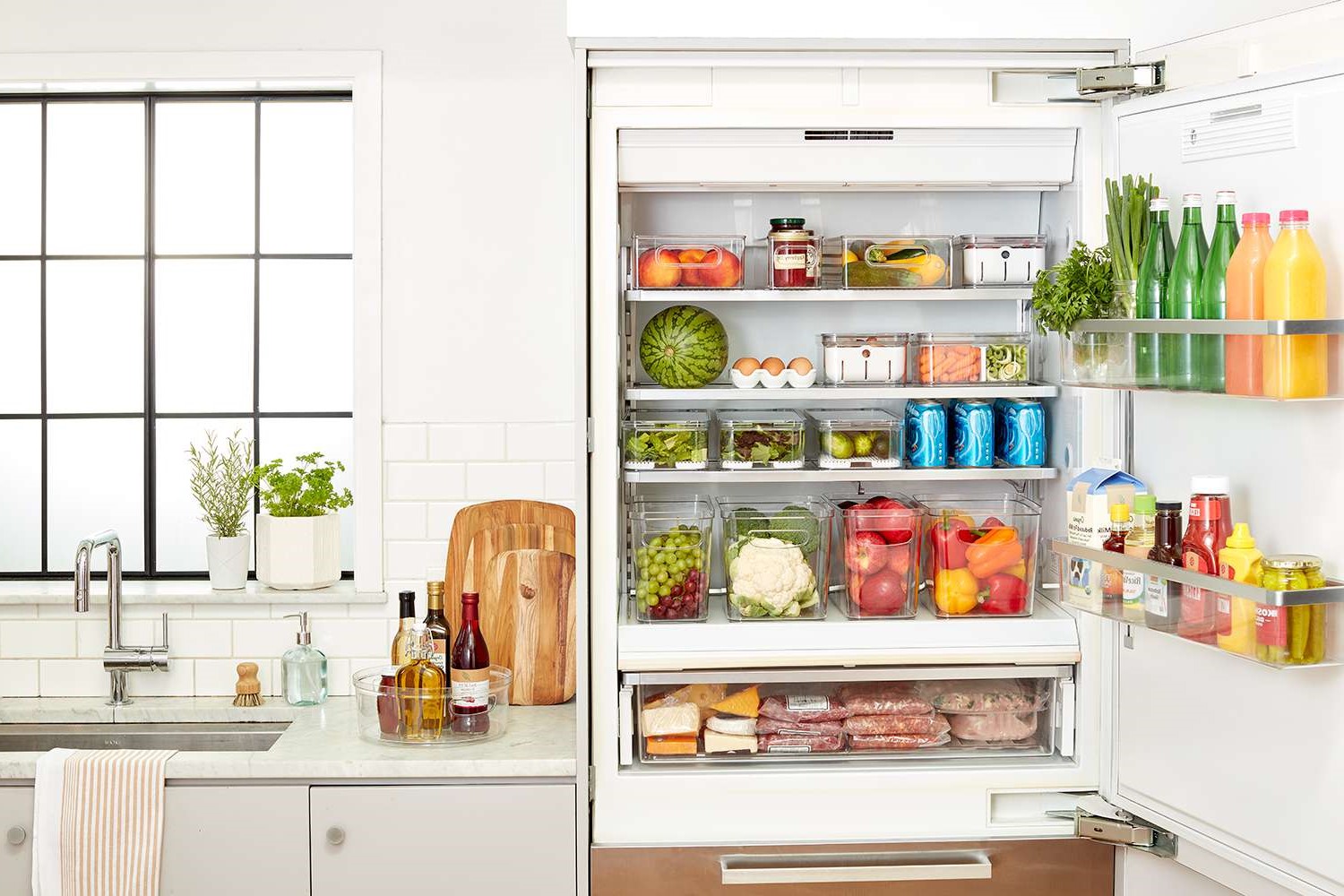

Food Storage Solutions
How To Organize Sauces In Fridge
Published: March 2, 2024
Discover effective food storage solutions for organizing sauces in your fridge. Learn how to keep your condiments fresh and easily accessible. Simplify your kitchen organization with these practical tips.
(Many of the links in this article redirect to a specific reviewed product. Your purchase of these products through affiliate links helps to generate commission for Storables.com, at no extra cost. Learn more)
Importance of Proper Sauce Organization
Proper sauce organization in the fridge is crucial for several reasons. Firstly, it helps to maximize the limited space in the fridge, ensuring that there is enough room for other essential items. Additionally, organizing sauces in the fridge makes it easier to locate them when needed, saving time and reducing the frustration of rummaging through a cluttered fridge. Moreover, it helps to prevent spills and leaks, which can create a mess and lead to cross-contamination between different food items. Lastly, a well-organized fridge can contribute to a more efficient meal preparation process, as all the necessary sauces are readily accessible.
Key Takeaways:
- Maximize fridge space by using door storage, stackable containers, and adjustable shelves. Group similar sauces together for easy access and efficient use of space.
- Keep sauces organized by cuisine, frequency of use, and separate condiments. Use clear containers and labels for easy identification and maintenance.
Read more: How To Store Homemade Sauces
Tips for Maximizing Fridge Space for Sauces
-
Use Door Storage: Take advantage of the space on the fridge door for storing sauces. Most refrigerators have built-in shelves on the door that are perfect for holding bottles and jars of sauces. This frees up valuable shelf space for other items.
-
Stackable Containers: Invest in stackable containers to store smaller bottles and packets of sauces. These containers can be neatly stacked on top of each other, making efficient use of vertical space in the fridge.
-
Adjustable Shelves: If your fridge has adjustable shelves, consider repositioning them to create more space for taller bottles of sauces. This simple adjustment can make a significant difference in maximizing the available space.
-
Utilize Drawer Space: Many refrigerators have designated drawers for storing fruits and vegetables. However, these drawers can also be used to organize and store sauces. Consider using small baskets or dividers within the drawers to keep the sauces neatly separated.
-
Use Fridge Organizers: There are various types of fridge organizers available, such as lazy Susans, pull-out bins, and fridge mats. These organizers can help create designated spaces for different types of sauces, preventing them from getting lost or buried in the fridge.
-
Group Similar Items Together: Grouping similar sauces together can help in efficient use of space. For example, keep all the Asian sauces in one section and the condiments in another. This makes it easier to locate specific sauces and prevents the need to move multiple items to reach the desired one.
By implementing these tips, you can effectively maximize the space in your fridge for storing sauces, ensuring that they are easily accessible and well-organized.
Categorizing Sauces for Easy Access
When it comes to organizing sauces in the fridge, categorizing them based on their type and usage can significantly improve accessibility. Here are some effective ways to categorize sauces for easy access:
-
Group by Cuisine: Arrange sauces according to the cuisine they are commonly used in. For instance, group together Italian pasta sauces, Mexican salsas, and Asian stir-fry sauces. This approach makes it convenient to locate the right sauce when preparing specific dishes.
-
Separate Condiments: Keep condiments such as ketchup, mustard, and mayonnaise in a separate section. These are commonly used for garnishing or as dipping sauces, so having them grouped together makes it easy to find the right one without rummaging through other sauces.
-
Organize by Frequency of Use: Place frequently used sauces in the most accessible part of the fridge. This could be the front of a shelf or in a designated door compartment. By doing so, you can quickly grab the sauces you use most often without having to shift other items around.
-
Labeling: Use clear and concise labels to identify each category of sauces. This not only helps in locating the sauces quickly but also ensures that they are returned to their designated spot after use, maintaining the organization.
By categorizing sauces in the fridge, you can create a system that streamlines the process of finding the right sauce for your culinary creations.
Utilizing Containers and Labels for Sauce Organization
When it comes to organizing sauces in the fridge, utilizing containers and labels can make a world of difference. Here's how you can effectively use these tools for optimal sauce organization:
Containers for Sauces
Invest in a variety of containers that are suitable for storing different types and sizes of sauce bottles and packets. Clear, stackable containers are ideal as they allow you to see the contents at a glance and maximize the use of available space. Consider using containers with adjustable dividers or compartments to keep smaller sauce packets organized within the same container. This prevents them from getting lost or creating clutter in the fridge.
Read more: How To Organize A Fridge With Bins
Labeling System
Implementing a labeling system is essential for maintaining order and ensuring that each sauce has its designated spot. Use adhesive labels or a label maker to clearly mark the containers or shelves where specific sauces are stored. Include the name of the sauce and its expiration date on the labels to facilitate quick identification and rotation of sauces. Additionally, consider using color-coded labels for different categories of sauces, making it even easier to locate them within the fridge.
Reusable Labels
Opt for reusable labels that can be easily removed and replaced as needed. This is particularly useful for homemade sauces or condiments stored in reusable containers. With reusable labels, you can update the information without leaving sticky residue behind, ensuring that the organization system remains clean and efficient.
Container Sizes
Select containers of varying sizes to accommodate different types of sauces. Larger containers are suitable for storing bulkier bottles and jars, while smaller containers are perfect for organizing individual packets and sachets. By choosing the right-sized containers, you can prevent overcrowding and ensure that each sauce has ample space without being squeezed into a tight spot.
Utilizing Door Storage
Utilize the space on the fridge door for storing smaller bottles and packets of sauces. Consider using clear, adhesive pockets or caddies specifically designed for the fridge door. These pockets can hold individual sauce packets, making them easily accessible while freeing up shelf space for larger containers.
By utilizing containers and labels for sauce organization, you can create a systematic and efficient way to store and access a variety of sauces in your fridge. This not only contributes to a well-organized fridge but also simplifies the process of meal preparation and cooking.
Read more: How To Organize A Small Fridge
Maintaining Cleanliness and Orderliness in the Fridge
Maintaining cleanliness and orderliness in the fridge is essential for ensuring the longevity of stored sauces and preventing cross-contamination. Here are some tips to keep your fridge clean and organized:
-
Regular Cleaning: Schedule regular cleaning sessions to remove any spills, drips, or expired sauces from the fridge. Use a mild detergent or a mixture of water and vinegar to wipe down the shelves, drawers, and interior walls. Pay special attention to the areas where sauces are stored to prevent the buildup of sticky residue.
-
Rotation of Sauces: Periodically check the expiration dates of sauces and condiments, and rotate them accordingly. Place newer items at the back and older ones at the front to ensure that the oldest sauces are used first. This practice not only prevents food wastage but also maintains a clutter-free fridge.
-
Spill Prevention: To prevent spills and leaks from sauces, store them in leak-proof containers or trays. This not only keeps the fridge clean but also makes it easier to clean up any accidental spills. Consider placing a liner or mat on the fridge shelves to contain any potential mess.
-
Organize Regularly: Set aside time to reorganize the sauces in the fridge, especially after grocery shopping. Take stock of the existing sauces, discard any expired ones, and rearrange the remaining sauces to maintain order. This ensures that the fridge remains well-organized and clutter-free.
-
Temperature Control: Ensure that the fridge is set to the appropriate temperature for storing sauces. Most sauces require refrigeration to maintain their quality and prevent spoilage. Keeping the fridge at the recommended temperature not only preserves the sauces but also inhibits the growth of bacteria and mold.
-
Labeling and Maintenance: Regularly check the labels on the sauces to ensure that they are legible and up to date. Replace any worn-out or smudged labels to avoid confusion. Additionally, maintain the containers and shelves used for sauce storage to prevent wear and tear that could lead to spills or disorganization.
By following these tips, you can maintain a clean and orderly fridge, ensuring that your sauces are stored in optimal conditions and easily accessible when needed. This not only contributes to a more efficient cooking experience but also promotes food safety and hygiene in your kitchen.
Frequently Asked Questions about How To Organize Sauces In Fridge
Was this page helpful?
At Storables.com, we guarantee accurate and reliable information. Our content, validated by Expert Board Contributors, is crafted following stringent Editorial Policies. We're committed to providing you with well-researched, expert-backed insights for all your informational needs.
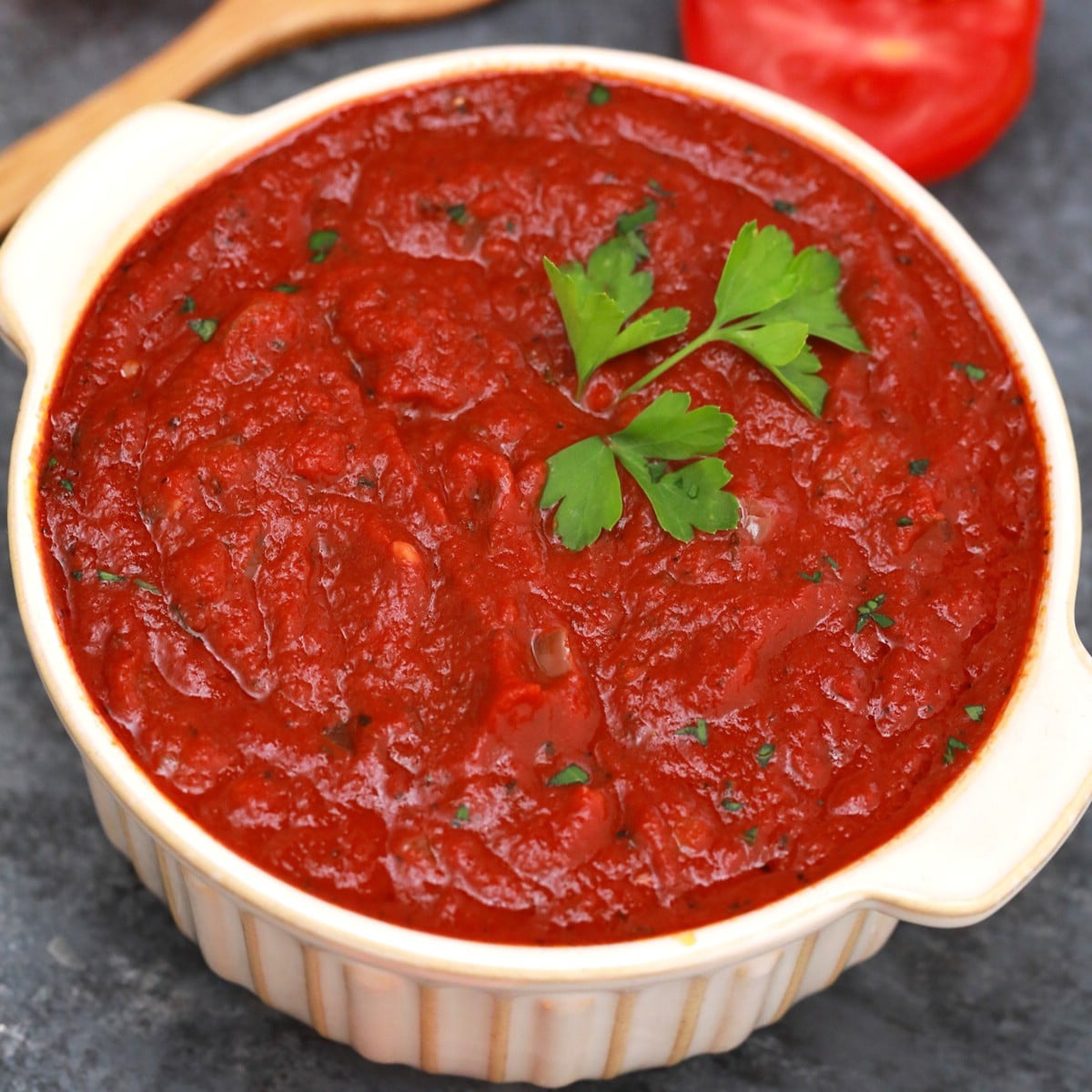
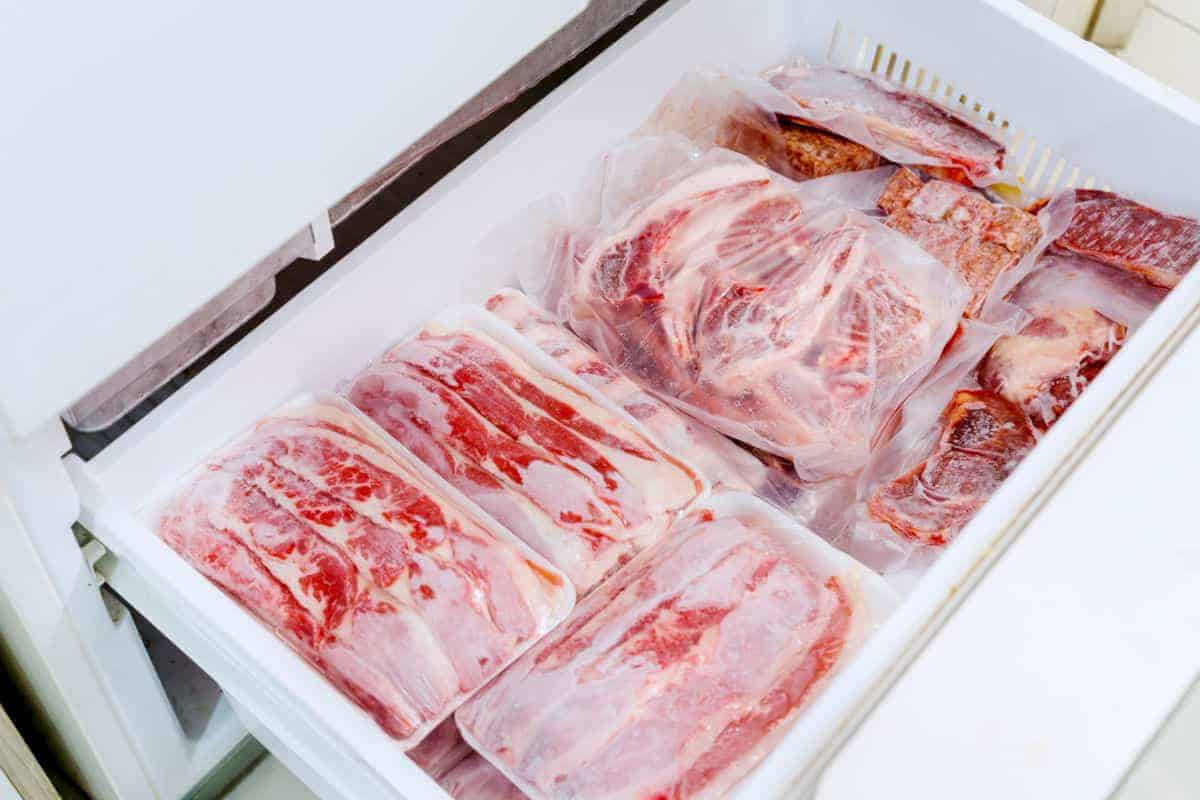
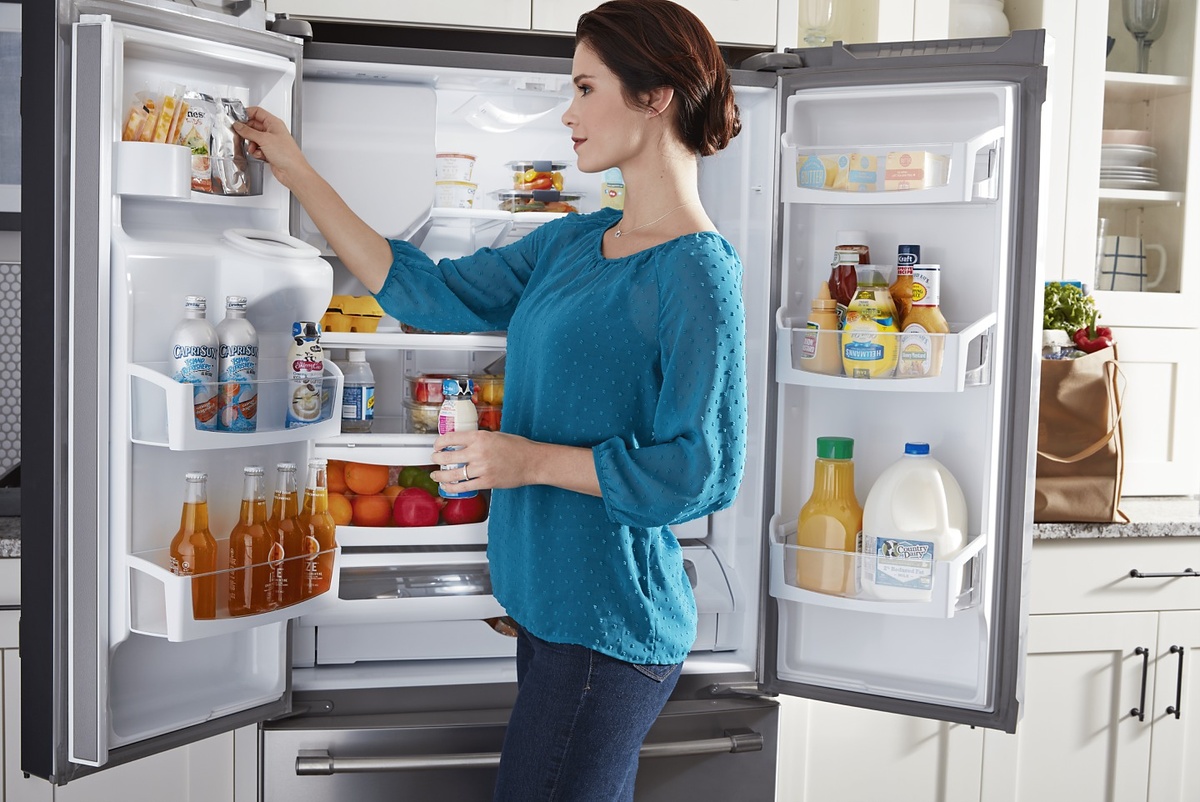
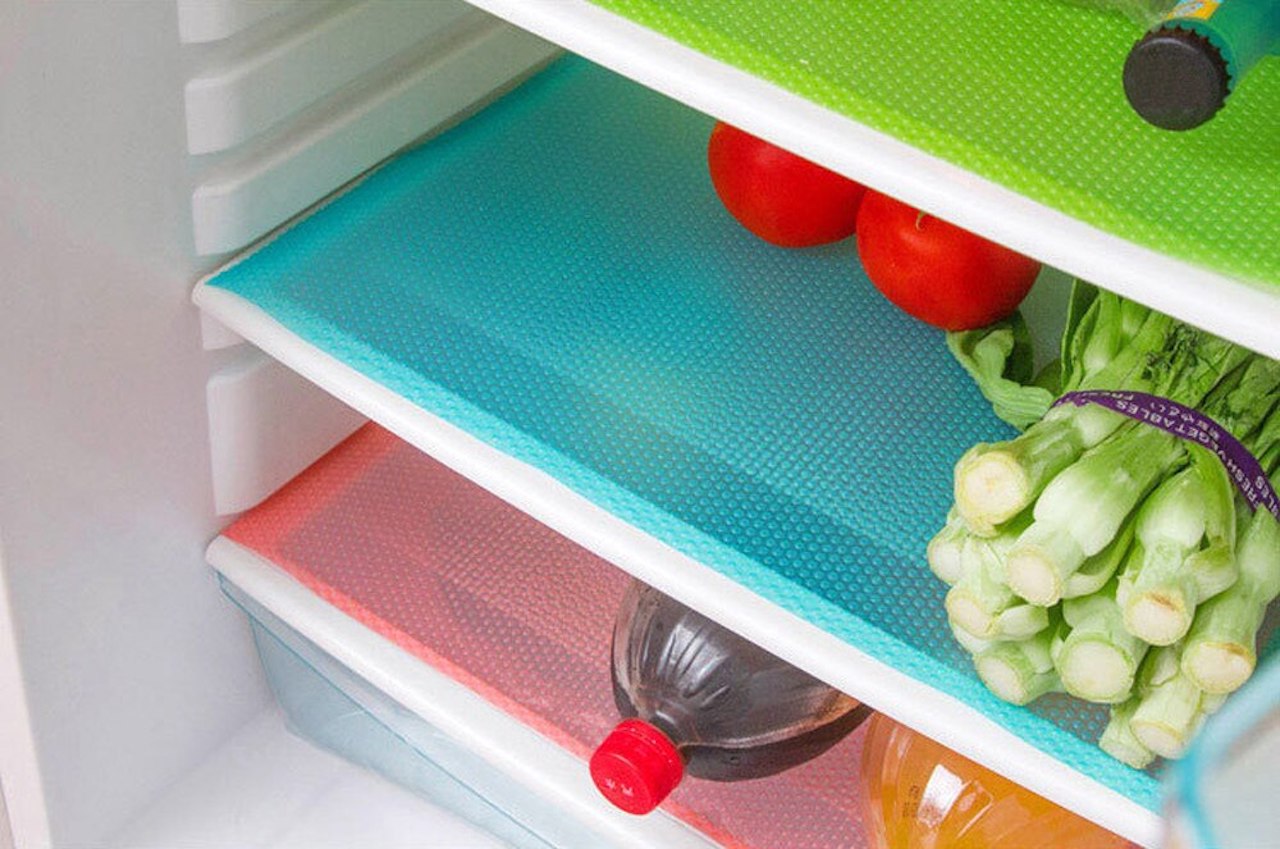
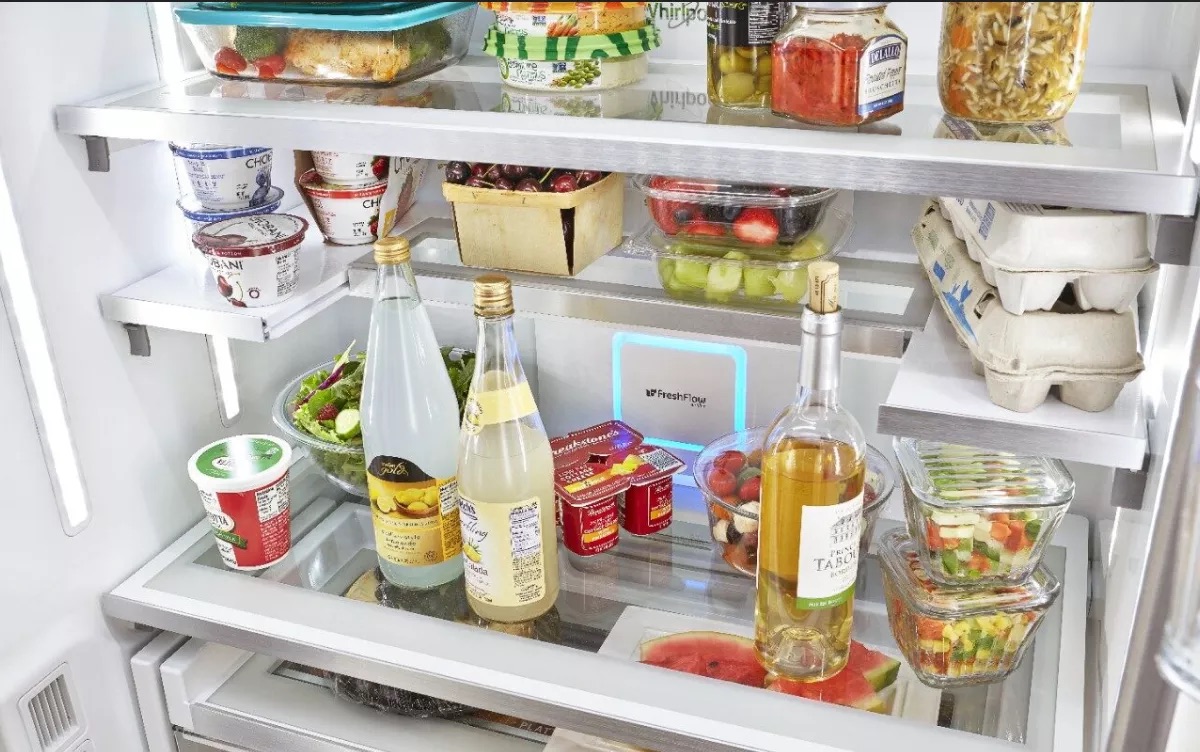

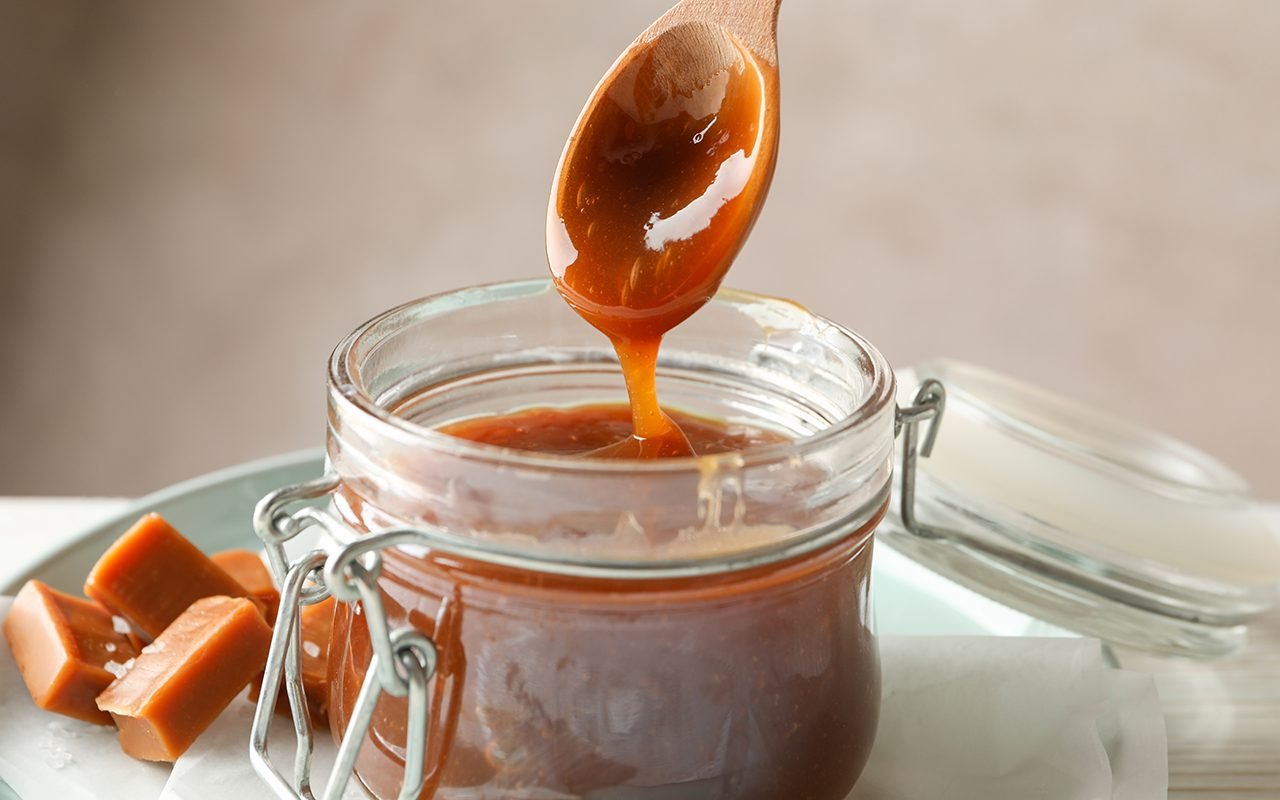
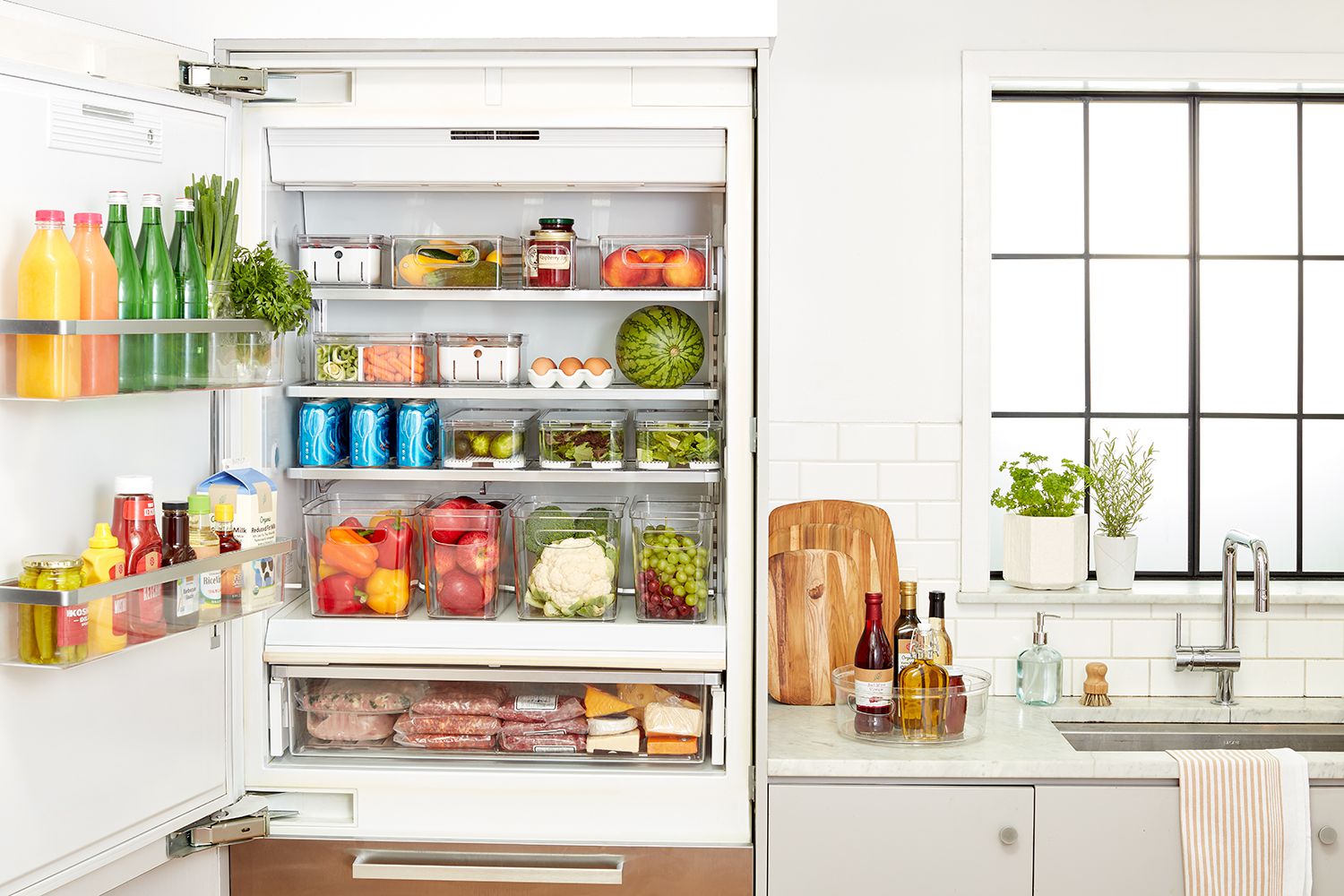

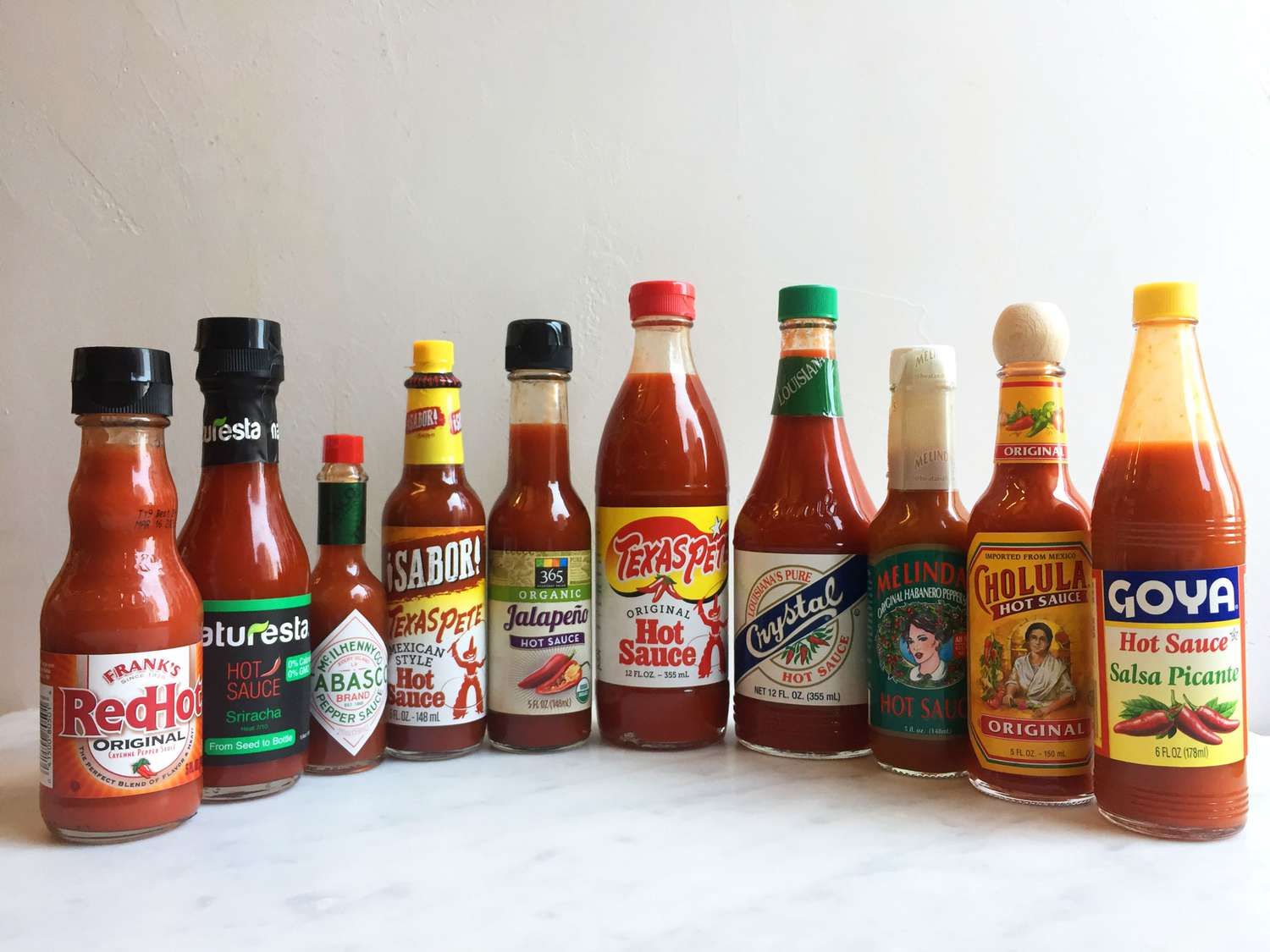

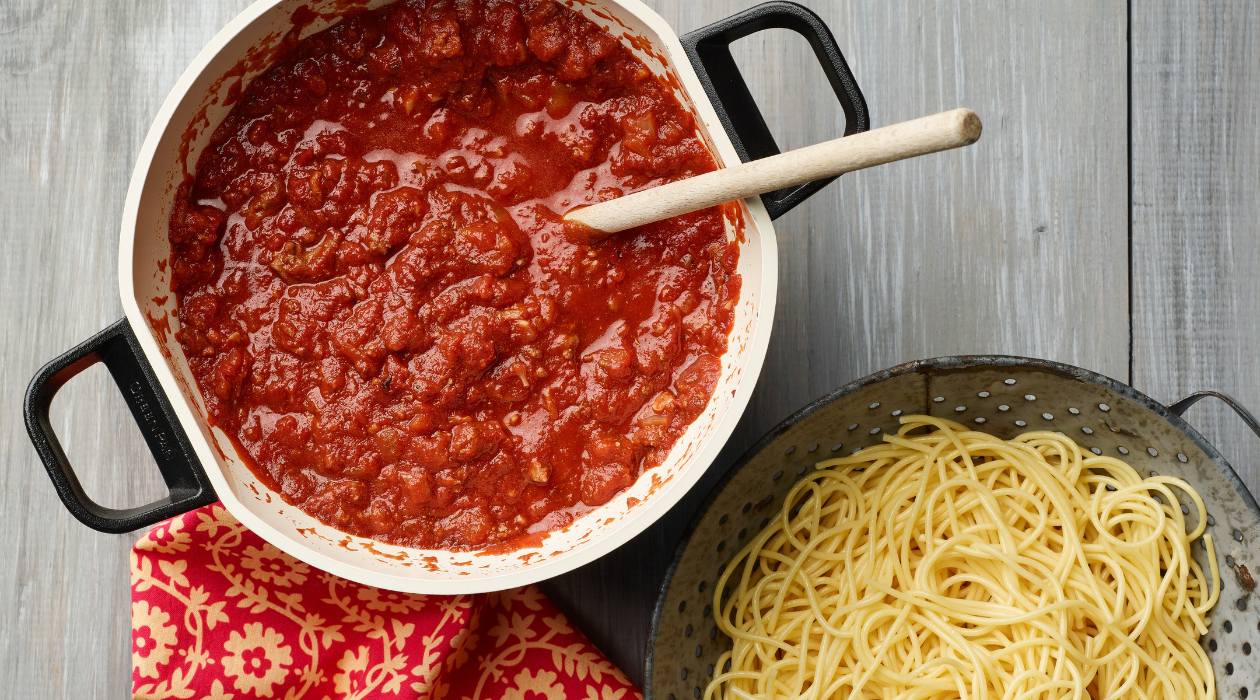
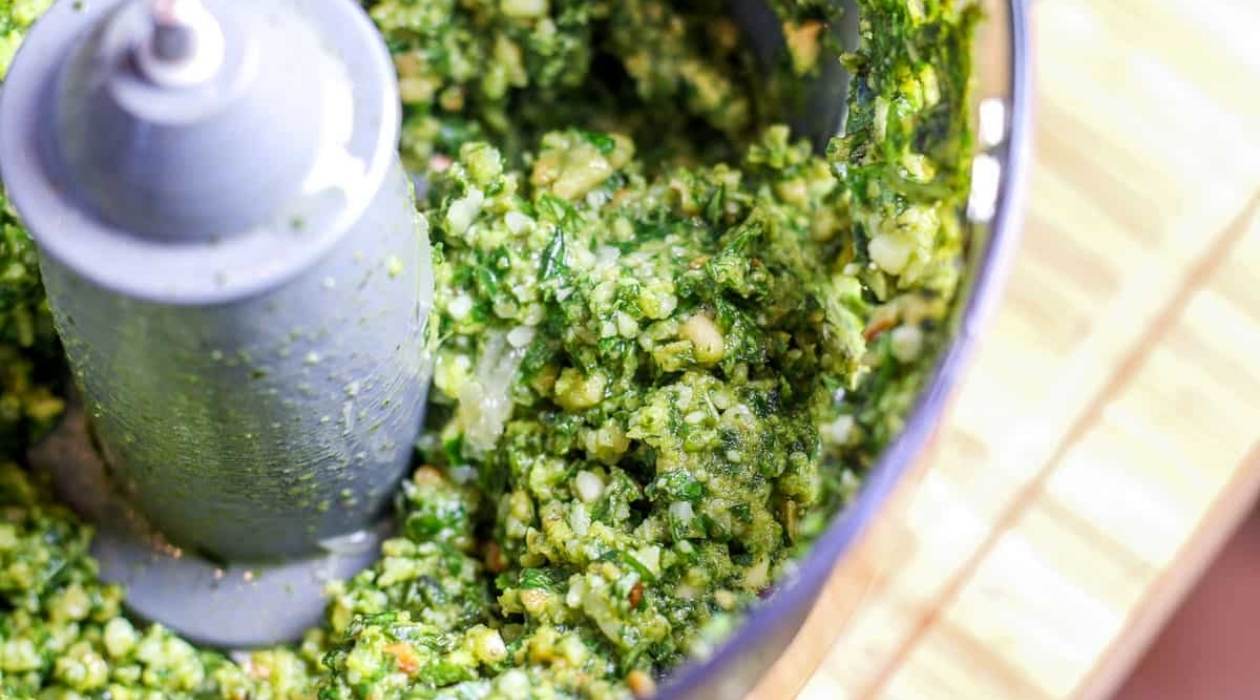

0 thoughts on “How To Organize Sauces In Fridge”